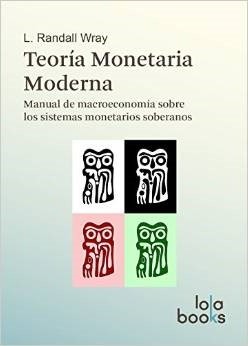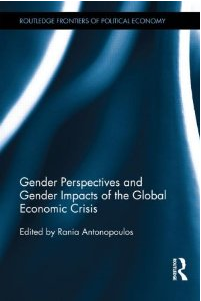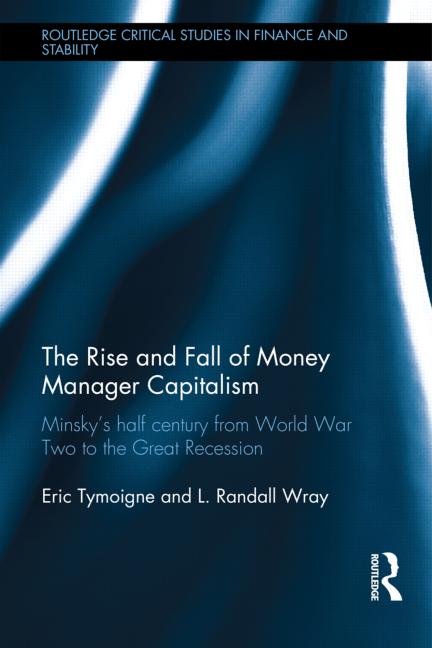Countering Austerity Economics
As deflation sets in in the economies of Europe and Japan, Robert Kuttner’s words in Debtor’s Prison: The Politics of Austerity versus Possibility—an interesting, readable new volume—complement those of many of the Levy Institute’s scholars. The book argues that during the financial crisis and its aftermath, policymakers continually relied on excessively optimistic projections of economic growth. Hence, stimulus plans adopted by Congress were not up to the task. Meanwhile, monetary policy could do little more than keep the crisis from worsening. As a result, the recovery remained exceedingly weak, and deficits overshot estimates to boot. Kuttner notes that in spite of the end of the recession, US growth rates on the order of 1.7 percent in 2011 and 2.2 percent in 2012 have not been high enough “to blast out of the deflationary trap.”
The more recently released annual growth rate of 2.4 percent for 2014, as well as the 2.2 percent final figure for the year before, indicate that he is right when he argues against the political “consensus” that “borrowing money is the last thing the government should do.” In fact, fiscal policy still needs to be made more stimulative, perhaps through increased infrastructure spending. Kuttner decries a situation in which an “austerity lobby” is set to bat down such efforts in Washington.
Also notably, Kuttner uses a detailed historical argument to challenge the notion that fiscal austerity is the answer to foreign debt problems in highly indebted economies such as Greece. In essence, keeping economies in a debtor’s prison is not in anyone’s interest.
Kuttner’s book, published just last year, addresses many other big policy issues, including health care, all in relation to deflationary fiscal austerity and the problems and non-problems posed by high levels of different types of debt. His lucid argument brings home the sometimes counterintuitive insight from John Maynard Keynes that an increase in government borrowing is actually desirable in a world facing a huge unemployment problem. This situation, faced by policymakers, in fact differs completely from that of a household that is heavily indebted and finding itself with inadequate disposable income. “Austerity economics,” Kuttner points out, “conflates several kinds of debt, each with its own causes, consequences, and remedies. The reality is that public debt, financial industry debt, consumer debt, and debt owed to foreign creditors are entirely different creatures.”










 ShareThis
ShareThis